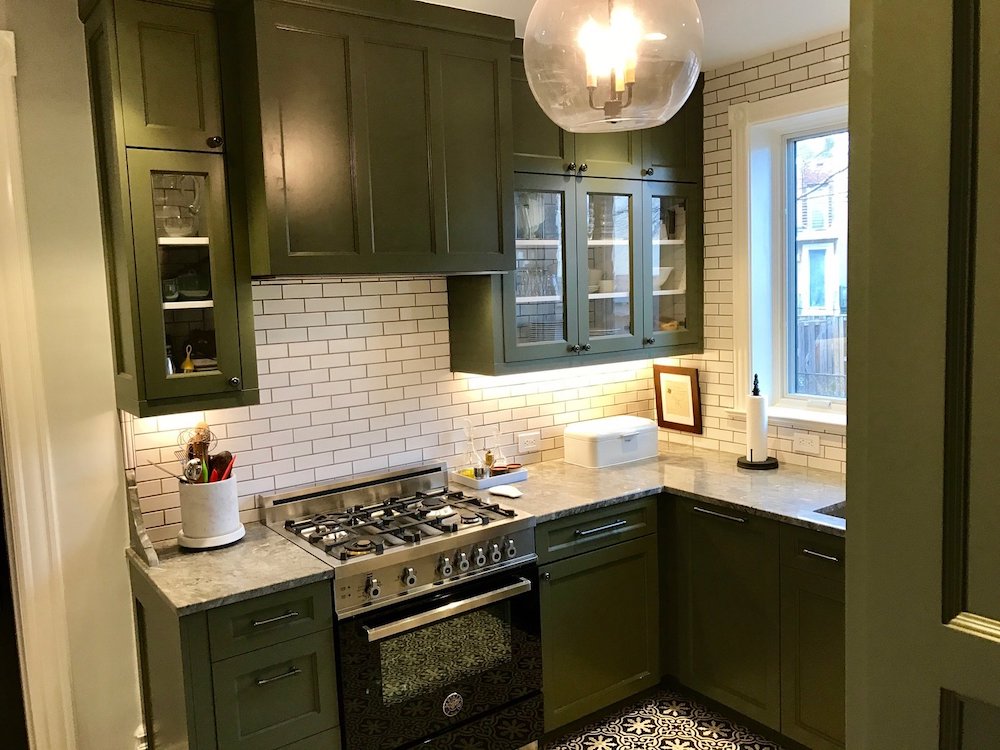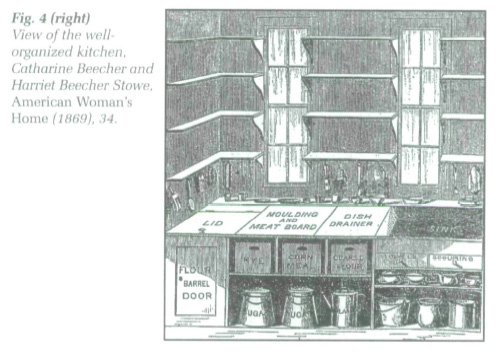Kitchen Work Triangle
Living Efficiently
A lot of my work with homeowners is helping them to live in their space more efficiently and the first place to start is the kitchen. My clients often want more space in their kitchen — to add an island, in-room eating or a new piece of equipment (don’t we all want a smoothie station?). By using the study of the work triangle we can understand how to use the space a homeowner has to make the kitchen feel bigger, sometimes without expanding the footprint.
History*
A lot of my work with homeowners is helping them to live in their space more efficiently and the first place to start is the kitchen. My clients often want more space in their kitchen — to add an island, in-room eating or a new piece of equipment (don’t we all want a smoothie station?). By using the study of the work triangle we can understand how to use the space a homeowner has to make the kitchen feel bigger, sometimes without expanding the footprint.
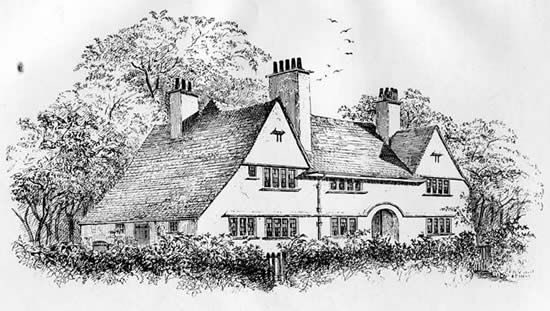
Photo Source: https://ecommons.luc.edu/cgi/viewcontent.cgi?article=1885&context=luc_diss
At the World’s Columbian Exhibition in Chicago in 1893, there premiered a home featuring a “Rumford’s kitchen”. To quote the archives from M.I.T.: “In the Department of Hygiene and Sanitation was the exhibit known as “The Rumford Kitchen,” an outgrowth of the work in the application of the principles of chemistry to the science of cooking, which has for three years been carried on as an educational agency by Mrs. Robert H. Richards, of the Massachusetts Institute of Technology, and Mrs. John A. Abel, with pecuniary assistance from certain public-spirited citizens of Boston.”
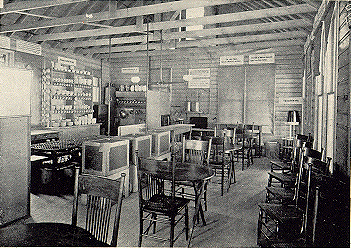
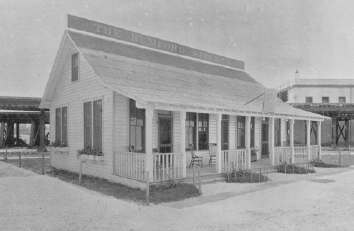
With the advent of indoor plumbing, soon after WWII, large suburban housing developments of the 1950’s started popping up and we started seeing kitchens very familiar to what we work in today.
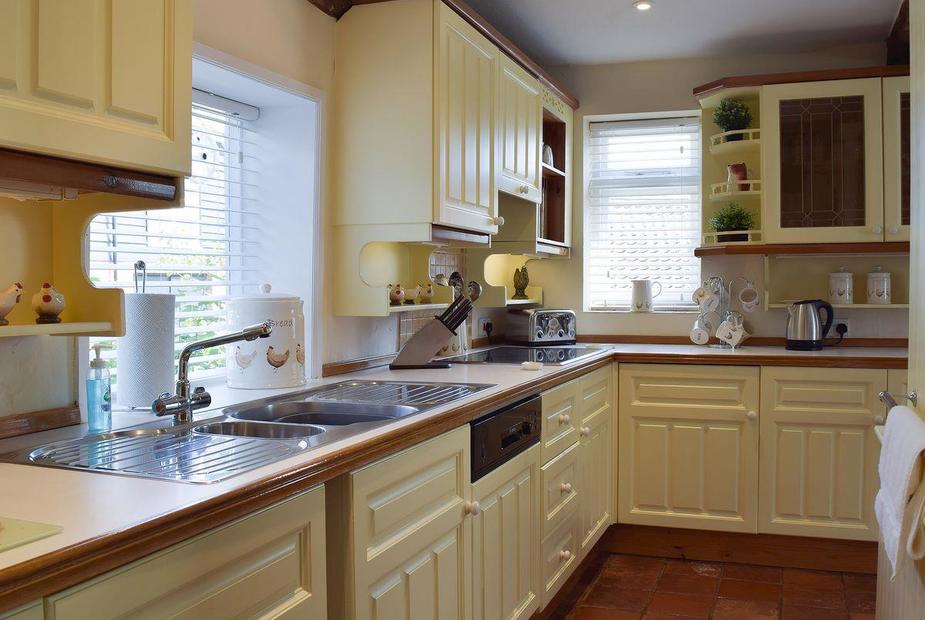

Where Does This Take Us Today?
The key pieces of indoor plumbing and electric kitchens hasn’t changed: there’s a sink, stove, refrigerator and space in-between. From the most simple kitchen to the largest, I always start by referring to Architectural Graphic Standards where we find illustrations such as the one below demonstrating efficient work triangles:
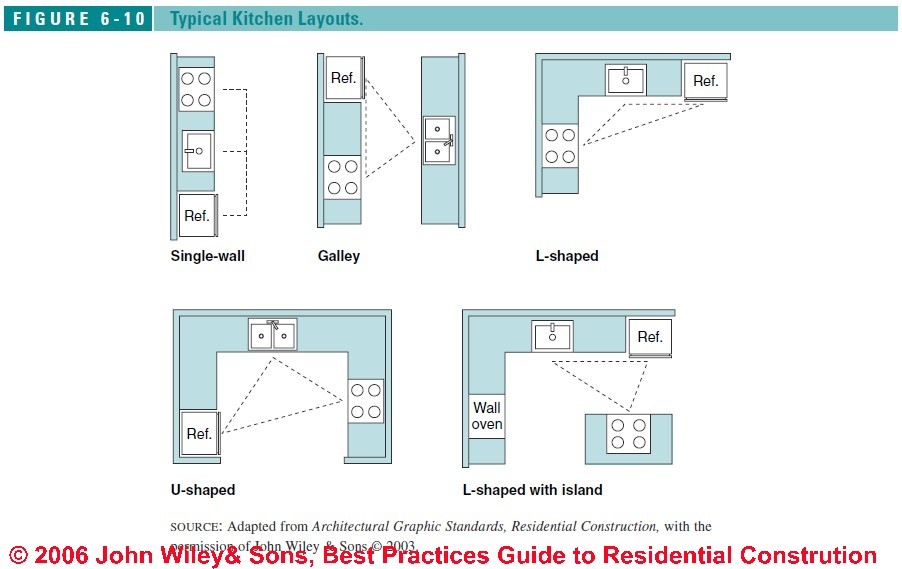
How This Applies To what an Architect Does
The work triangle applies to any residential kitchen setting, as I show in these three examples below:
Apartment
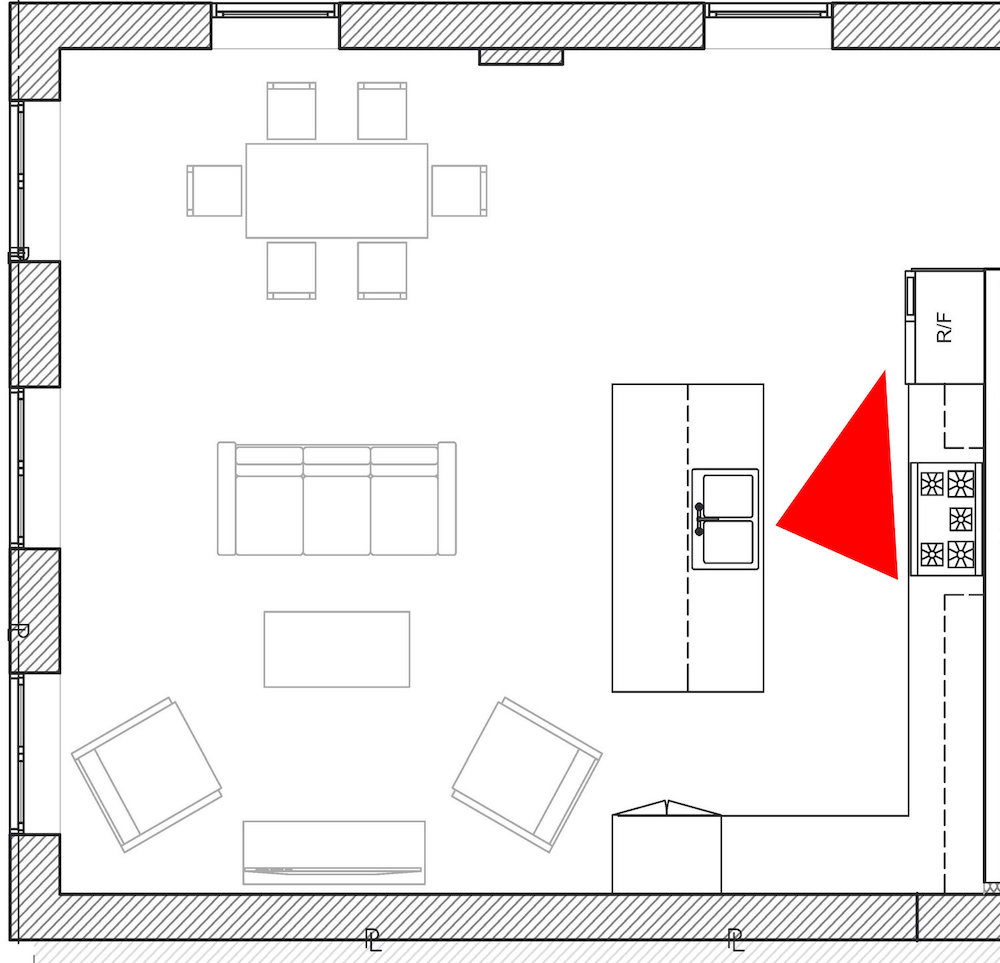
Big Family Living
I often do a lot of experimentation in the kitchen design. For this holistic design client, we explored four kitchen ideas before settling on one! Here is what the homeowners had existing to serve their family of six — a non-existent work triangle since the refrigerator had to be moved to a wall/work area separate from the kitchen:
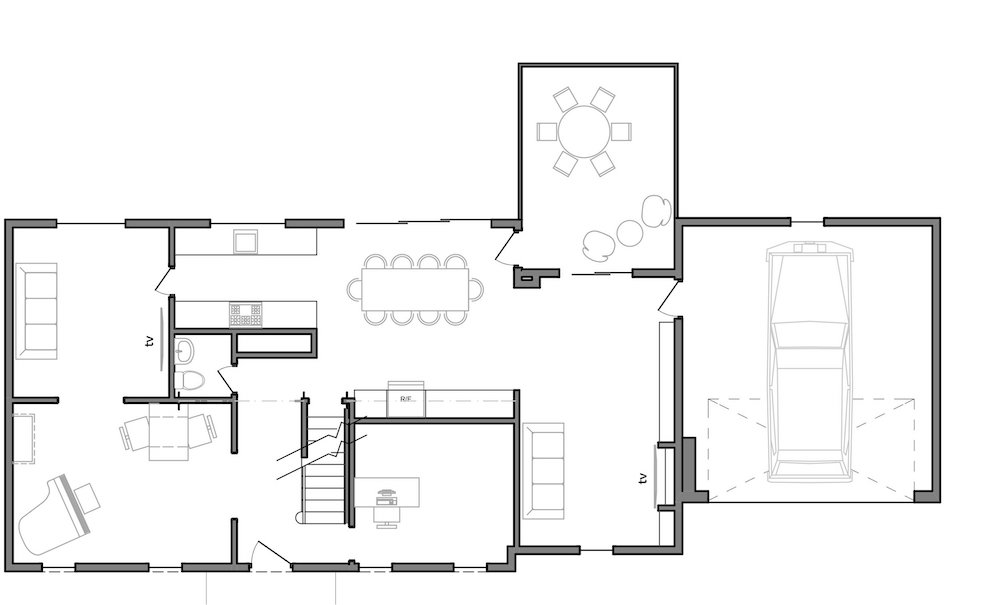

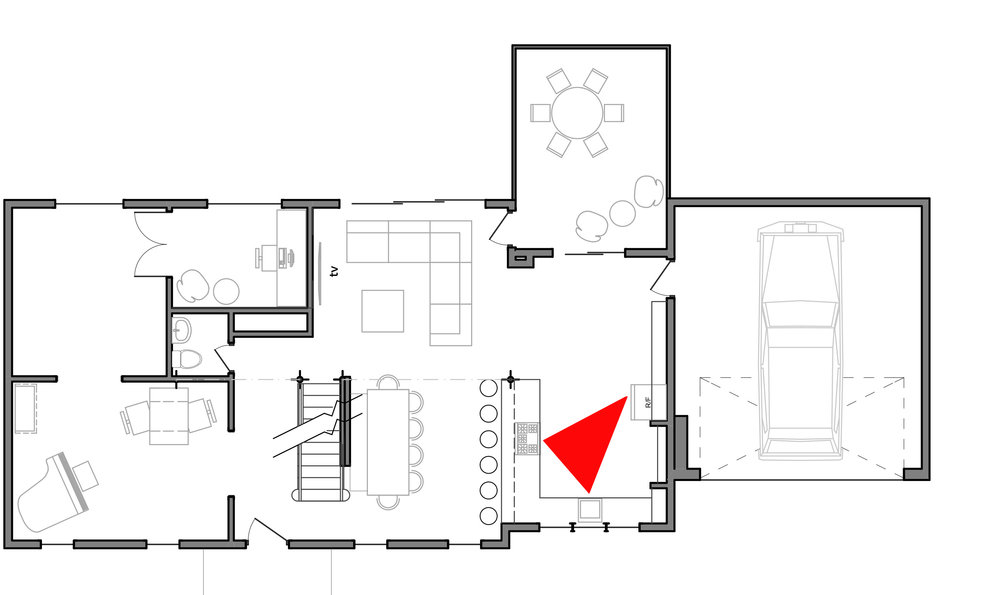
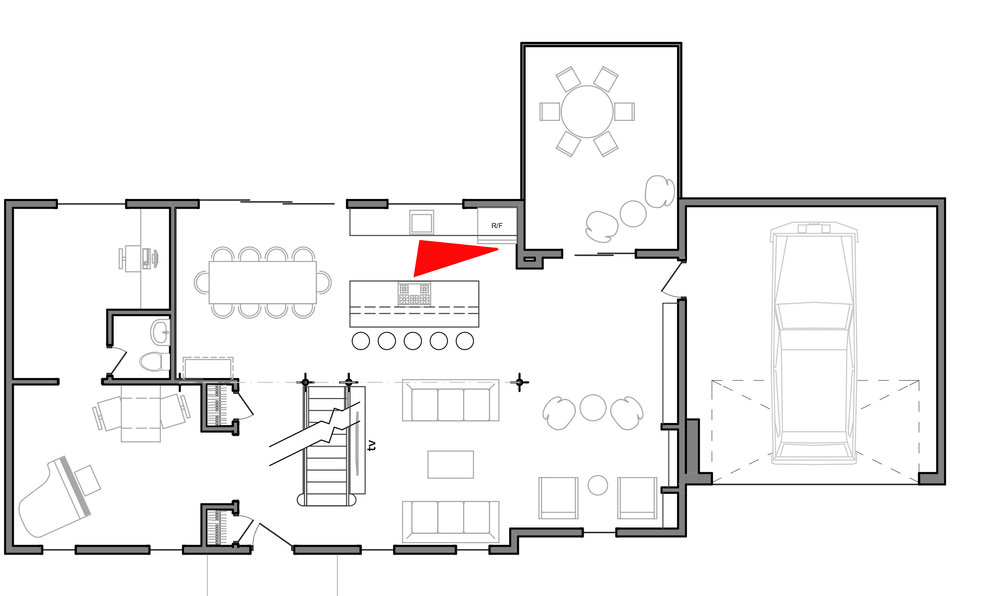
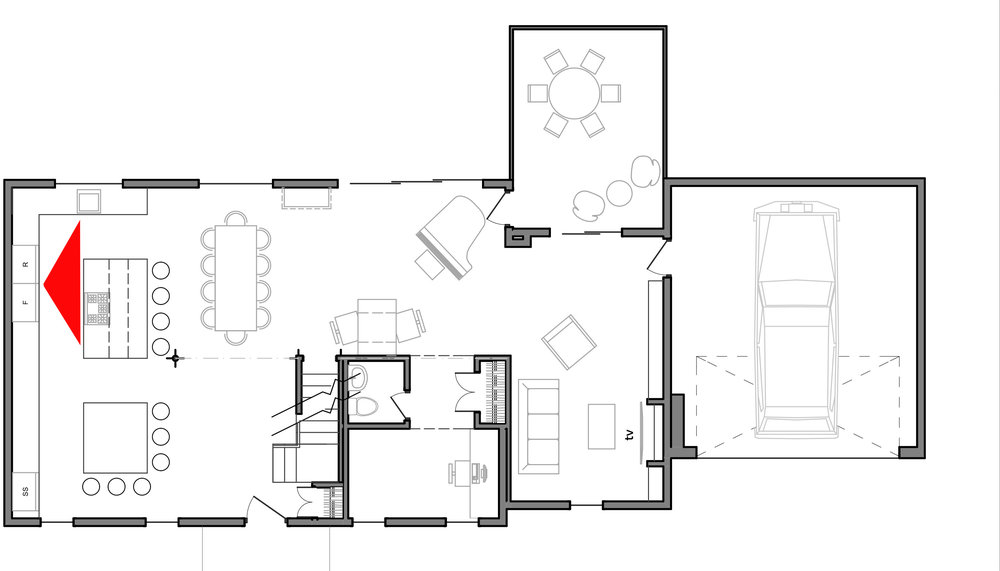
Do you have a favorite of the four? What about the location or arrangement makes it your favorite?
Addition to an Historic Home
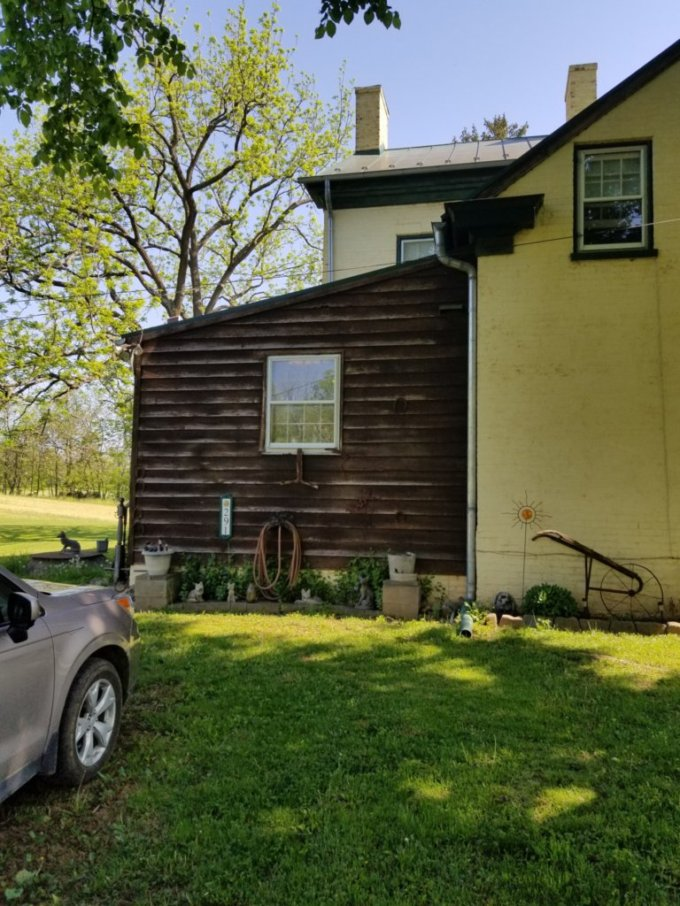
We’re imaging this with a comfortable mudroom style entrance opening into the kitchen with generous windows on all sides and a central kitchen table for intimate gatherings:
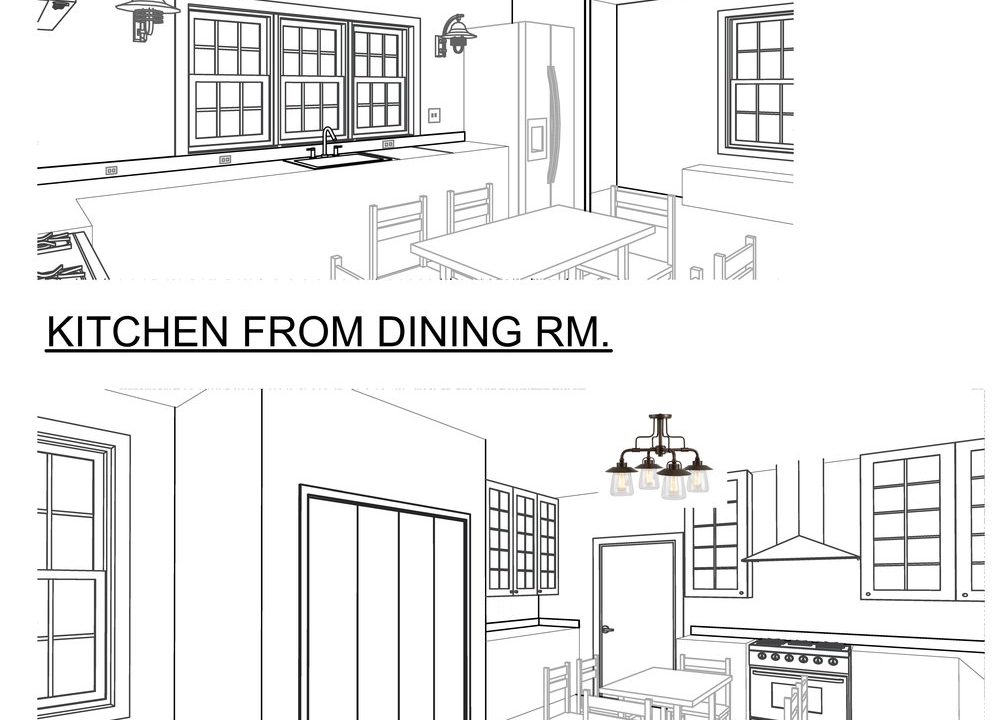
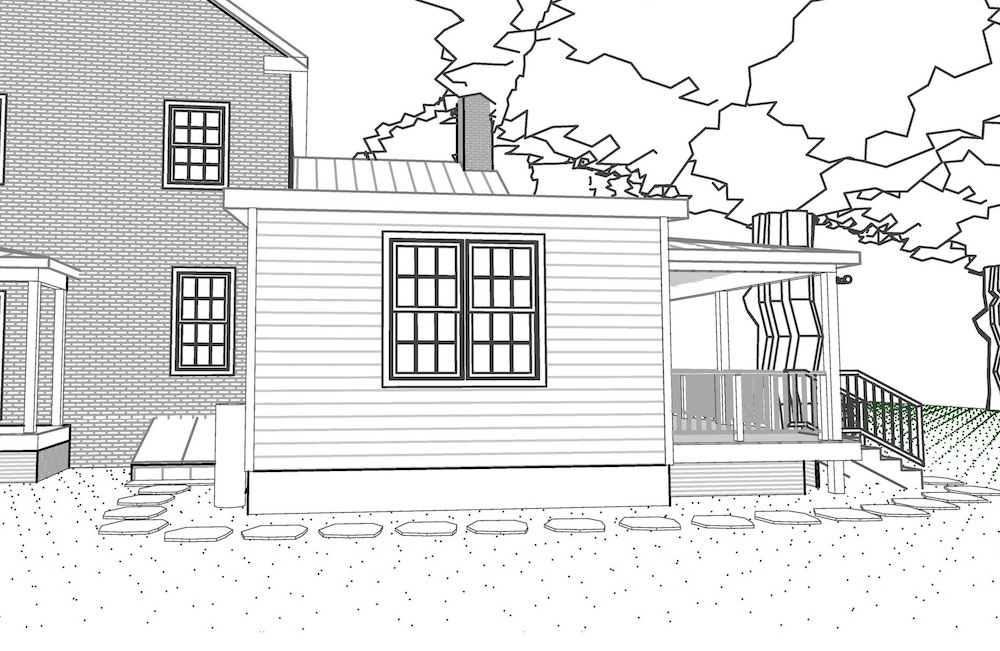
How I Can Help You
Even though these kitchens I show as examples are all very different from one another (an apartment, house and historic home) they have an Efficient Work Triangle in common. By examining this work triangle, we help the homeowners to live most effectively in their kitchen to cover its many uses.
*For the history portion of this blog, I must give credit to Sonya Michel, a historian, author, artist, and professor emerita at University of Maryland. She recently lectured for the Women in Architecture AIA group about the history of kitchen design.


